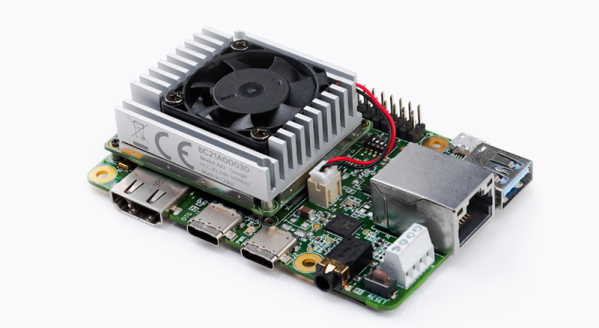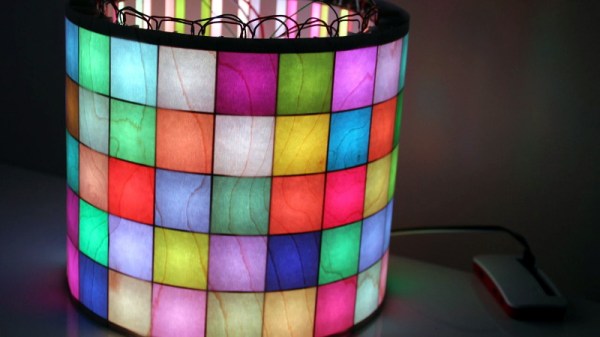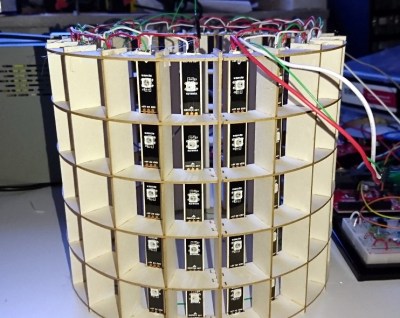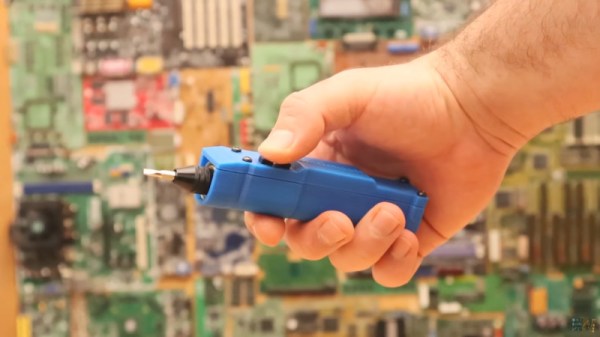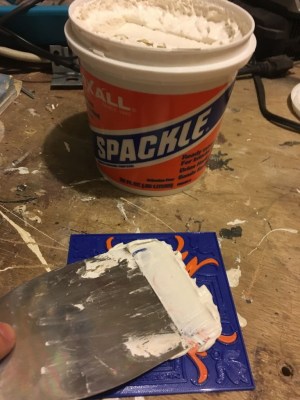Google has promised us new hardware products for machine learning at the edge, and now it’s finally out. The thing you’re going to take away from this is that Google built a Raspberry Pi with machine learning. This is Google’s Coral, with an Edge TPU platform, a custom-made ASIC that is designed to run machine learning algorithms ‘at the edge’. Here is the link to the board that looks like a Raspberry Pi.
This new hardware was launched ahead of the TensorFlow Dev Summit, revolving around machine learning and ‘AI’ in embedded applications, specifically power- and computationally-limited environments. This is ‘the edge’ in marketing speak, and already we’ve seen a few products designed from the ground up to run ML algorithms and inference in embedded applications. There are RISC-V microcontrollers with machine learning accelerators available now, and Nvidia has been working on this for years. Now Google is throwing their hat into the ring with a custom-designed ASIC that accelerates TensorFlow. It just so happens that the board looks like a Raspberry Pi.
Continue reading “Google Launches AI Platform That Looks Remarkably Like A Raspberry Pi”

